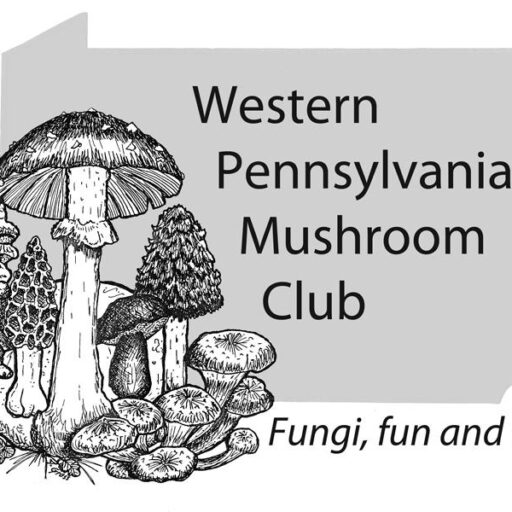Mushrooms bring up many different and divergent associations. For the ecologist they are invaluable either as decomposers (nutrient recyclers), as symbionts with green plants, or as parasites. To the taxonomist they are an ongoing puzzle of relationships to explore, in an attempt to tease out phylogenetic relationships, with the ultimate goal of tidy, understandable order. Culturally, in North America, we associate wild mushrooms primarily with the risk of poisoning or death and take to heart our parental admonitions to avoid even a touch. However, the increasing value placed on locally sourced and sustainable foods, along with greater appreciation of the flavor and variety of wild edible mushrooms has led to increasing interest in foraging mushrooms for food.
More information here.


I am trying to identify so,e mushrooms I have growing in some untreated mulch in my yard, I have hundreds of small to 3 inch across caps growing, and would be quite a find if they are edible, if not i am concerned at leaving them as I have a dog. Is there anyone who can help identify these mushrooms.
Thanks
Richard
Hi Richard,
A few species of mushrooms are dangerous or even deadly, but the majority of mushrooms are harmless. It’s very difficult to identify mushrooms from a text description and even from pictures. You might have some luck if you use a mushroom identification guide book from the library. Mushroom season is just starting and some species do like mulch. Do not treat the mushrooms as edible unless a mushroom expert tells you otherwise, even then I recommend double checking in books yourself.
If you know your dog eats things it finds when outside or are worried that it might eat the mushrooms I would just flatten them or otherwise remove them. If you suspect that your dog has eaten mushrooms and is vomiting, has diarrhea, excessive drooling or is lethargic contact the Animal Poison Control Center.
Richard Jacob
WMPC Corresponding Secretary – 2013